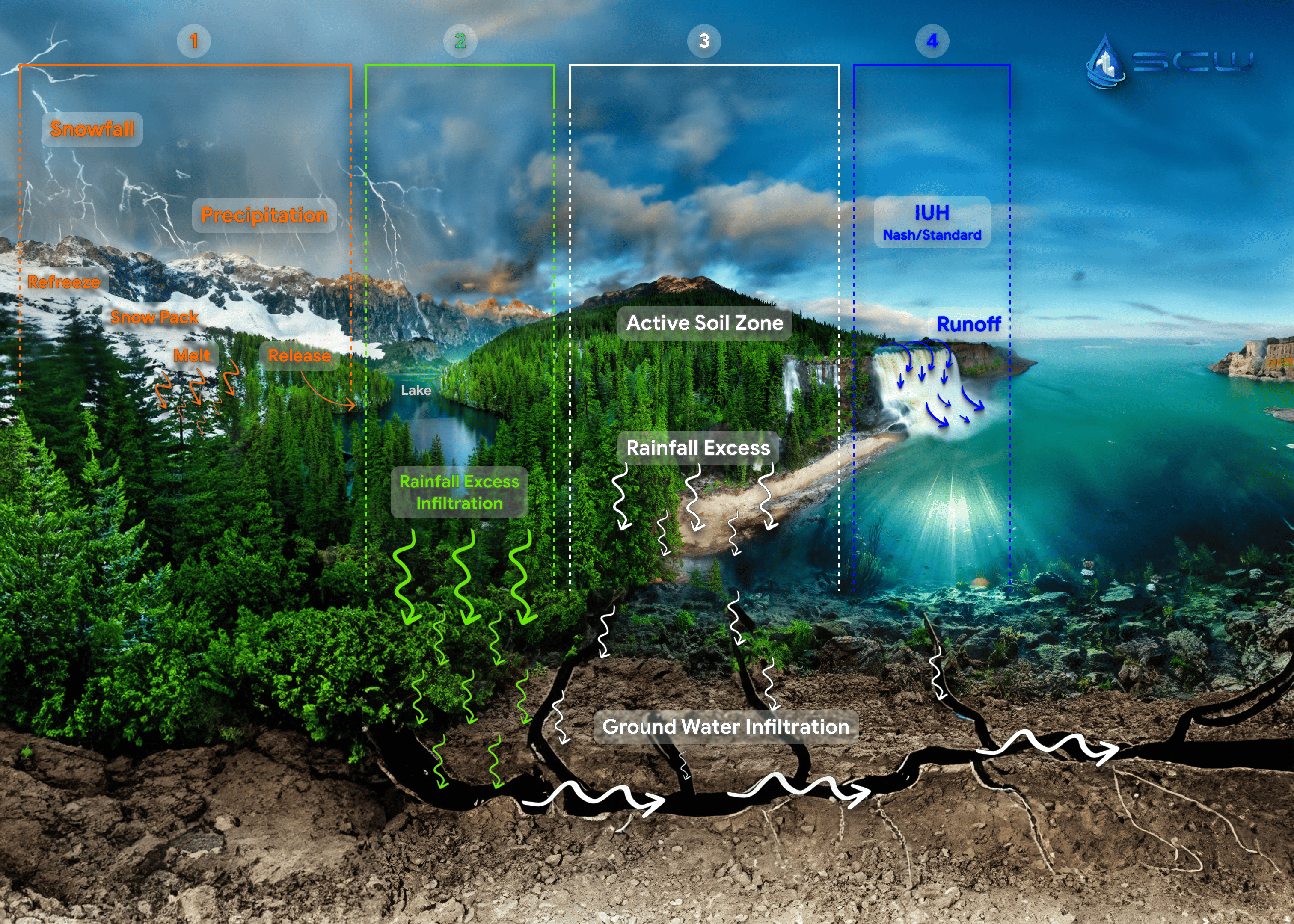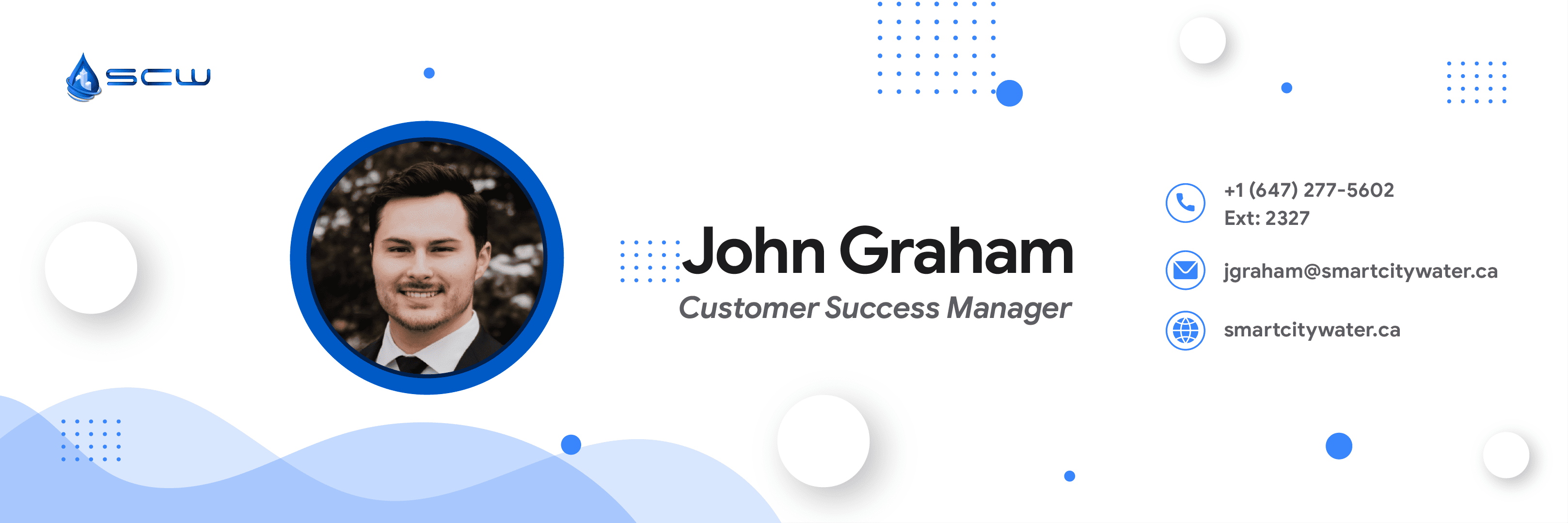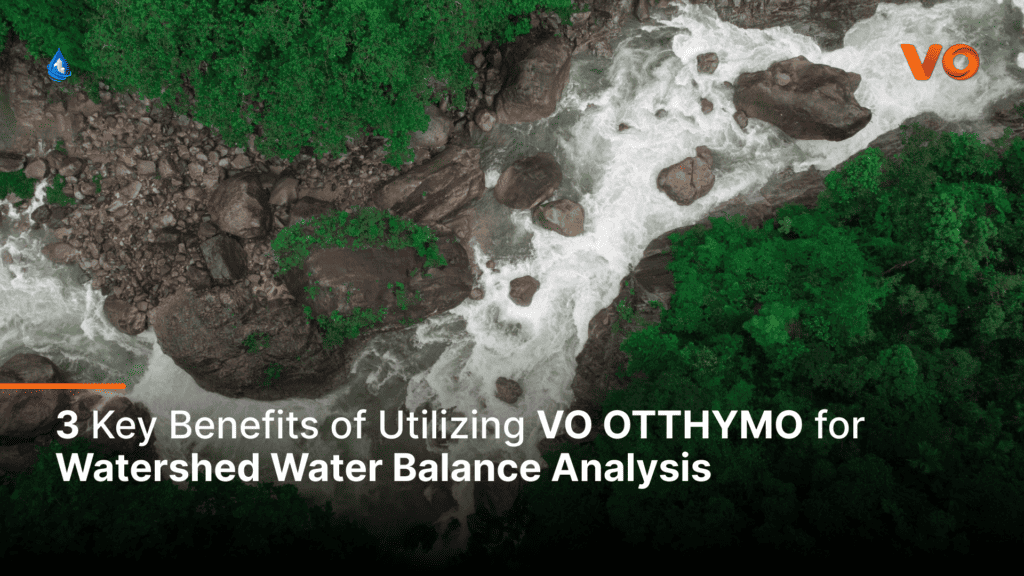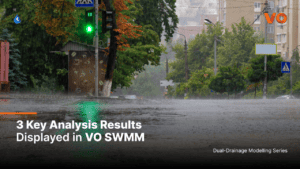🌊 The Power of VO for Watershed Water Balance Analysis 🌊

Watershed Water Balance Analysis entails an evaluation of the movement of water in catchment areas accounting for rainfall, runoff, pervious and impervious area water abstractions, and modifying factors such as the introduction of Low Impact Development (LID) technologies. Maintaining an equilibrium between the various water components within a watershed is important to protect sensitive ecosystems and natural channel geomorphology.
The fundamental equation at the core of watershed water balance analysis is:
Precipitation = Runoff + Evapotranspiration + Infiltration ± Change in Water Storage
In this case, infiltration occurs in pervious areas and through LIDs and other storage features (e.g. wetlands, infiltration ponds).
Understanding and analyzing the water balance within a watershed is especially important in areas where groundwater recharge and runoff reductions are a concern. It provides decision-makers with the knowledge needed to provide Stormwater Management to implement flood and erosion control measures and ensure sustainable water availability to the ecosystem, both within the watershed and in urban environments.
Background Knowledge
Understanding the water balance within a watershed is essential for effective water resource management and ecosystem sustainability. VO offers capabilities for analyzing watershed water balance, enabling users to gain valuable insights into the distribution and movement of water across different features.
In VO’s continuous OTTHYMO model, three key processes are modelled to calculate water balance:
1. Precipitation reaches the ground as rain or snow. In cases where a snowpack is present, this precipitation is incorporated into the snowpack or melts the snowpack.
2. Surplus resulting from excess rain and/or snowmelt fills surface depressions, where it is gradually lost through processes such as evaporation, evapotranspiration (ET), and infiltration (sublimation is not modelled). The remaining surplus is directed towards the active soil zone or travels down along the surface to the watershed outlet.
3. Water reaching pervious surfaces is abstracted into the upper soil zone where it can take various paths, with some lost through processes like evaporation and groundwater infiltration, while the rest remains within the soil profile.

Throughout this process, precipitation is the system’s input, while the system’s outputs consist of evaporation, groundwater infiltration, and runoff.
3 Benefits of Using VO for Watershed Water Balance Analysis
1. Optimize Runoff Volume: VO provides powerful tools for assessing and optimizing runoff volume within watersheds. Through water balance analysis, users can identify strategies to maintain or reduce runoff, ensuring efficient water resource utilization and minimizing the potential impacts of excessive runoff on downstream areas.
2. Manage Peak Flows: Peak flows are a critical consideration in flood management. With VO’s water balance analysis tools and storage-attenuation (route reservoir), users can evaluate and manage the volume of water and flow rates over a certain time period so as to meet regulatory requirements.
As described below, analysis of erosion potential is also possible – in downstream receiving channels. By simulating different scenarios, users can make informed decisions and implement strategies to mitigate the risks associated with increased flow rates and volumes.
3. Mitigate Erosion Potential: Erosion poses significant challenges to watershed health and water quality. VO’s water balance analysis helps users assess and mitigate erosion potential within watersheds by quantifying the cumulative effects of flow discharges during single or multiple events. An erosion index method calculates erosion potential, allowing result comparison between pre-development or post-development conditions. Typically, targets are set to maintain pre-development erosion potential through the use of extended detention storage and LIDs that promote evapotranspiration and infiltration.
Conclusion
VO OTTHYMO offers three key benefits for analyzing watershed water balance:
1. Runoff Volume Optimization: VO enables users to assess and optimize runoff volume, ensuring efficient water resource utilization and mitigating downstream impacts of excessive runoff.
2. Peak Flow Management: With VO’s water balance analysis tools and storage-attenuation capabilities, users can manage flow volumes within watersheds to meet regulatory requirements and reduce flood risks.
3. Erosion Mitigation: VO aids in assessing and mitigating erosion potential by quantifying the cumulative effects of flow discharges, promoting responsible development practices through methods like extended detention storage and Low-Impact Development (LID).
By harnessing these capabilities, VO OTTHYMO empowers decision-makers to maintain ecological equilibrium and sustainable water use in watersheds.
🌊 Experience the simplicity and power of VO as you create accurate models.💡
To request a VO OTTHYMO license, click HERE





